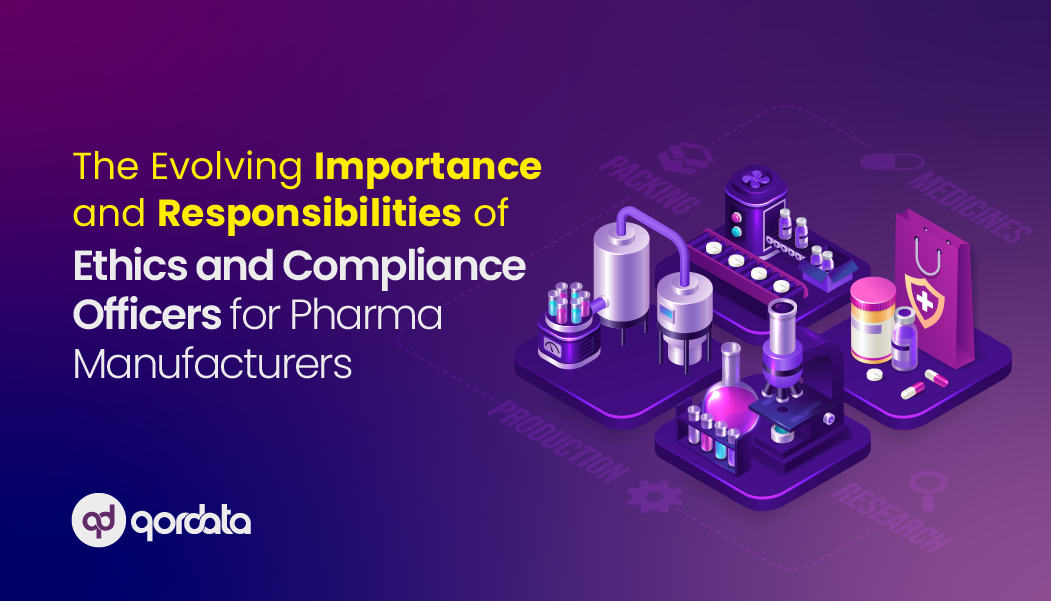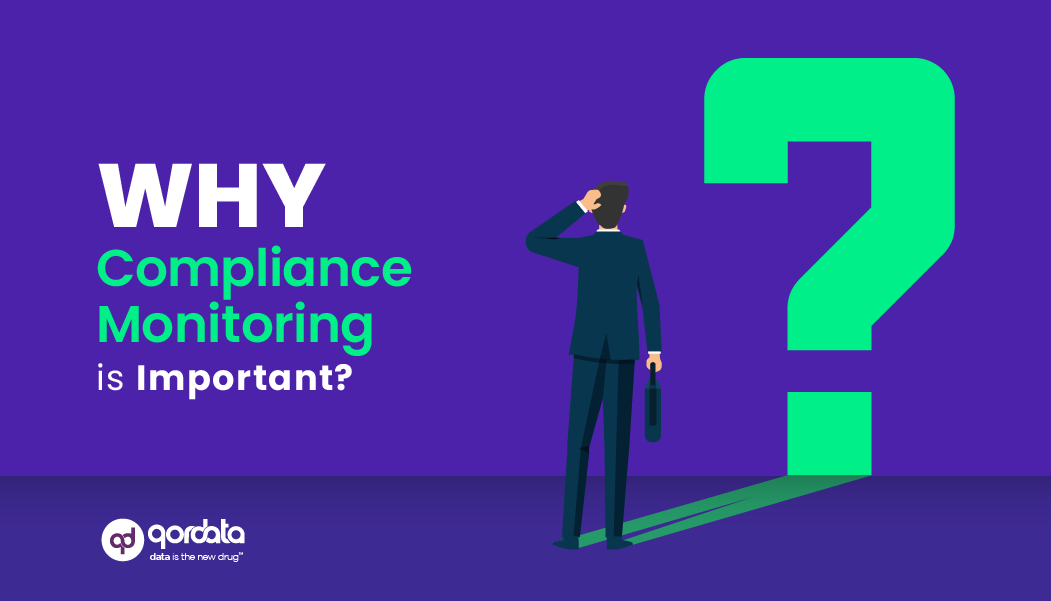There’s a reason business lingo has so much of what I would call ‘war words’: Starting with the all-famous “strategy”, to “target”, “guerilla tactics,” “mission,” “red ocean” and so on.
The way I see it, the reason is that in war as in business, rivals compete ruthlessly for the same reward in a challenging and difficult environment. They are often driven by either similar or opposing ideology. There are some ground rules, aka “Regulation” with which both must comply with.
And—in both cases—only survivors get a second chance.
This is especially true for the global pharmaceutical industry, where regulatory compliance spells everything, from a company’s arsenal (read Life Sciences Value Chain) to the extent with which it can compete in a market.
What changes with each business generation is who:
• Calls the shots (Decision makers, ‘War Room Strategists’)
• Gets to fight at the front (The executors, implementers, ‘Troops’)
Traditionally, Compliance and Transparency professionals were seen to belong to the former category. According to the popular view, they had ‘desk jobs’ with plenty of number crunching and recommendations for future action but no direct action toward the company’s profitability or survival. In an industry such as Big Pharma, where individual stakeholder action drives business, it was reinforced manifold.
Misleading as that view was, it endured for quite some time.
Before the age of Big Data sets in.
Today, the line between strategists and front-line soldiers has blurred to a large extent. With access to pharma business intelligence, compliance, and transparency, professionals are in a position to foresee and take preventive action on concerning developments.
And this isn’t just limited to their own company. With access to better data management tools, they can make soundly-backed decisions on underexplored competitive space and a drug’s brand growth.
There’s much more to be said of pharma compliance’s new role in the Data Age. Keep visiting to learn more.



